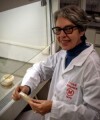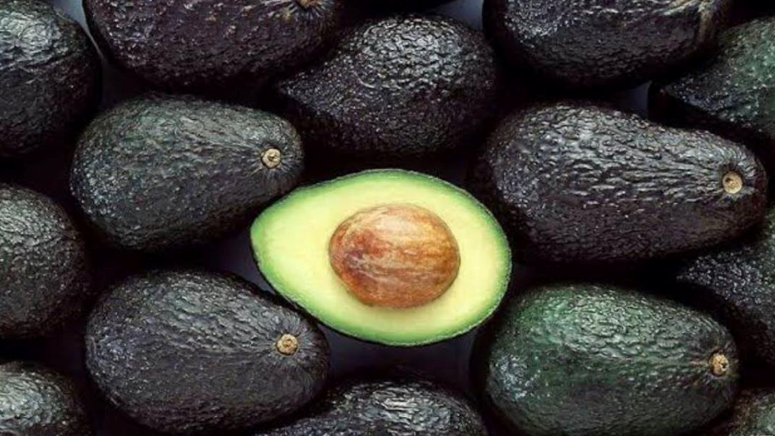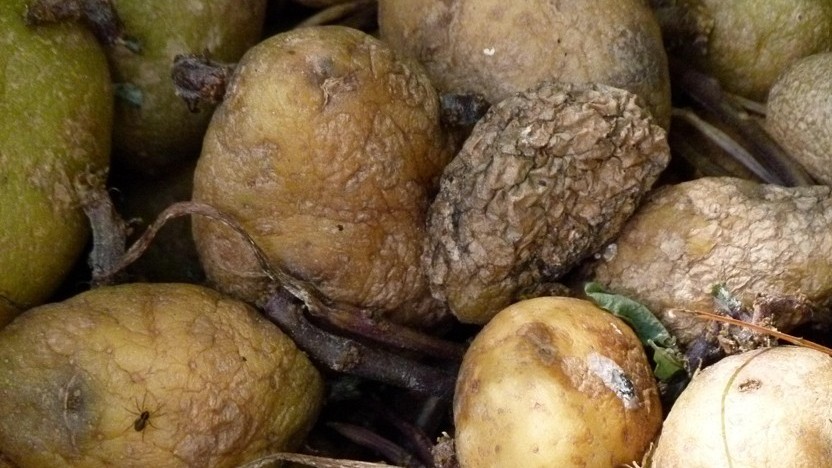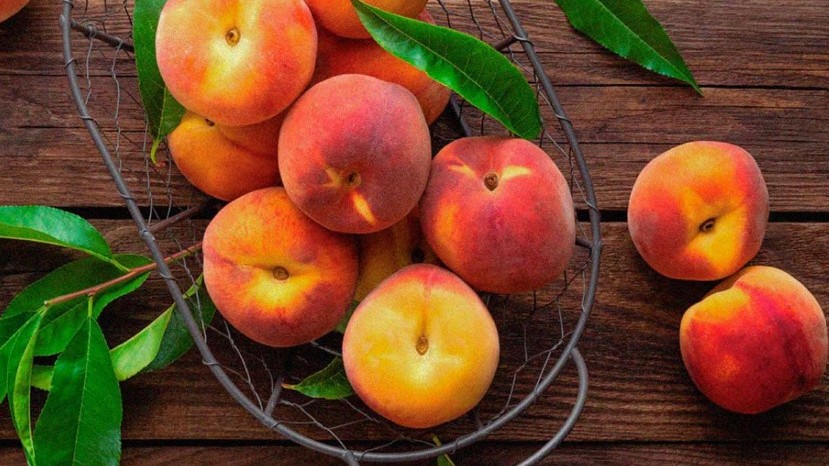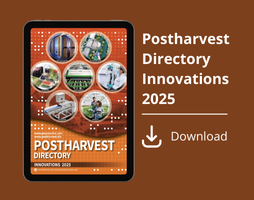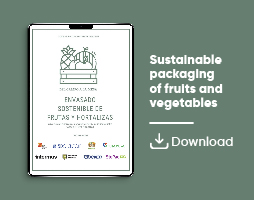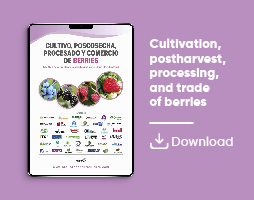Actualidad
Hydrogen-rich water delays yellowing of broccoli after harvest
Treatment with hydrogen-rich water delays yellowing of broccoli after harvest by inhibiting ethylene and abscisic acid (ABA) levels, thereby reducing chlorophyll degradation and carotenoid accumulation

Broccoli (Brassica oleracea var. italica, Brassicaceae family) is a vegetable rich in various vitamins and minerals. Its abundant nutritional components and bioactive compounds offer numerous health benefits; for example, glucosinolates may protect against certain types of cancer.
Currently, several methods of preserving broccoli are known; however, during transport and post-harvest storage, factors such as temperature, humidity, and light in the environment can easily cause the florets to turn yellow.
As this yellowing occurs, the nutritional content gradually decreases, reducing its economic value.
Broccoli yellowing, chlorophyll degradation, and carotenoid synthesis
The yellowing of broccoli is a phenomenon caused by the degradation of chlorophyll and the synthesis of carotenoids during storage.
Chlorophyll, the pigment responsible for the characteristic green color, can degrade into undesirable grayish-brown compounds, such as pheophorbide and pheophytin.
This process is mediated by the enzymes chlorophyllase and pheophytinase. Pheophorbide can subsequently be metabolized into colorless compounds.
With the degradation of chlorophyll, the structure and metabolic activities within the chloroplasts are modified, which subsequently induces the synthesis of carotenoids and suppresses the synthesis of chlorophyll.
The synthesis of carotenoids begins with precursor molecules such as isoprene pyrophosphate, which synthesizes phytoene in a reaction catalyzed by the enzyme phytoene synthase. This compound is then converted into β-carotene by the enzyme phytoene desaturase and then into lycopene by the enzyme β-carotenesaturase.
Lycopene is then converted into α-carotene and β-carotene, catalyzed by lycopene cyclase and/or lycopene β-cyclase.
Finally, the transition to lutein, β-cryptoxanthin, zeaxanthin, and abscisic acid (ABA) occurs. Through gradual catalysis, the increase in carotenoid concentration causes a change from green to yellow during broccoli storage.
Biosynthesis and metabolism of carotenoids
In the yellowing process of broccoli, the biosynthesis and metabolism of carotenoids are regulated by various biological factors, among which the phytohormones ABA and ethylene play very important roles.
For example, studies have reported that exogenous application of these hormones results in a decrease in chlorophyll content, confirming the ability of this gas and ABA to promote aging.
At the same time, it has been shown that treatment with ethylene activates specific senescence genes and promotes chlorophyll degradation, causing yellowing.
Hydrogen-rich water, an antioxidant
Hydrogen-rich water is a novel preservative produced by adding and dissolving molecular hydrogen gas into water. This water effectively inhibits oxidation reactions, prolongs the shelf life of fruits and vegetables, and improves their taste and nutritional value.
Numerous studies have indicated that hydrogen-rich water has antioxidant properties, significantly increasing the activity of antioxidant enzymes in plants, thereby reducing oxidative stress and damage and alleviating yellowing. It also reduces the growth of microorganisms and improves food texture.
Action on broccoli florets
A recent study focused on the impact and mechanism of hydrogen-rich water treatment on the yellowing of broccoli florets.
The research results indicate that this treatment maintains the structural integrity of chloroplasts in broccoli florets during post-harvest storage, slowing down chlorophyll degradation and carotenoid accumulation.
Analyses performed using RT-qPCR* show that hydrogen-rich water treatment inhibits the expression of several genes responsible for chlorophyll degradation, as well as carotenoid biosynthesis genes, while increasing the expression level of a gene involved in carotenoid cleavage.
Furthermore, treatment with hydrogen-rich water inhibits endogenous ethylene production by downregulating its biosynthetic genes, as well as ABA biosynthesis genes.
*Quantitative reverse transcription polymerase chain reaction, also called RT-qPCR, is used to detect and quantify RNA. Total RNA or mRNA is first transcribed into complementary DNA (cDNA). The cDNA is then used as a template for quantitative PCR or real-time PCR (qPCR).
Sources
Wang, Y.; Chen, X.; Chen, W.; Yang. Z.; Shi, L.; Li, X.; Cao, S.; Song, w. (2025).
Hydrogen-rich water delays post-harvest yellowing in broccoli by inhibiting ethylene and ABA levels, thereby reducing chlorophyll degradation and carotenoid accumulation
Postharvest Biology and Technology, 228: 113661.
Heaton, J. W.; Marangoni, A. G. (1996).
Degradação da clorofila em alimentos processados e tecidos vegetais senescentes
Tendências em Ciência e Tecnologia de Alimentos, 7(1): 8-15.
Ávila, N. L. R.; Zapata, J. A. N.; Benítez, J. E. T.; Espinosa, M. L. A.; Madrid, R. R. (2011).
Identification and expression pattern of a new carotenoid cleavage dioxygenase gene member from Bixa orellana
Journal of Experimental Botany, 62 (15): 5385–5395.
Cover Photo
https://casacorcampinas.com.br/plantar-brocolis/ Access on 04/08/2025.


